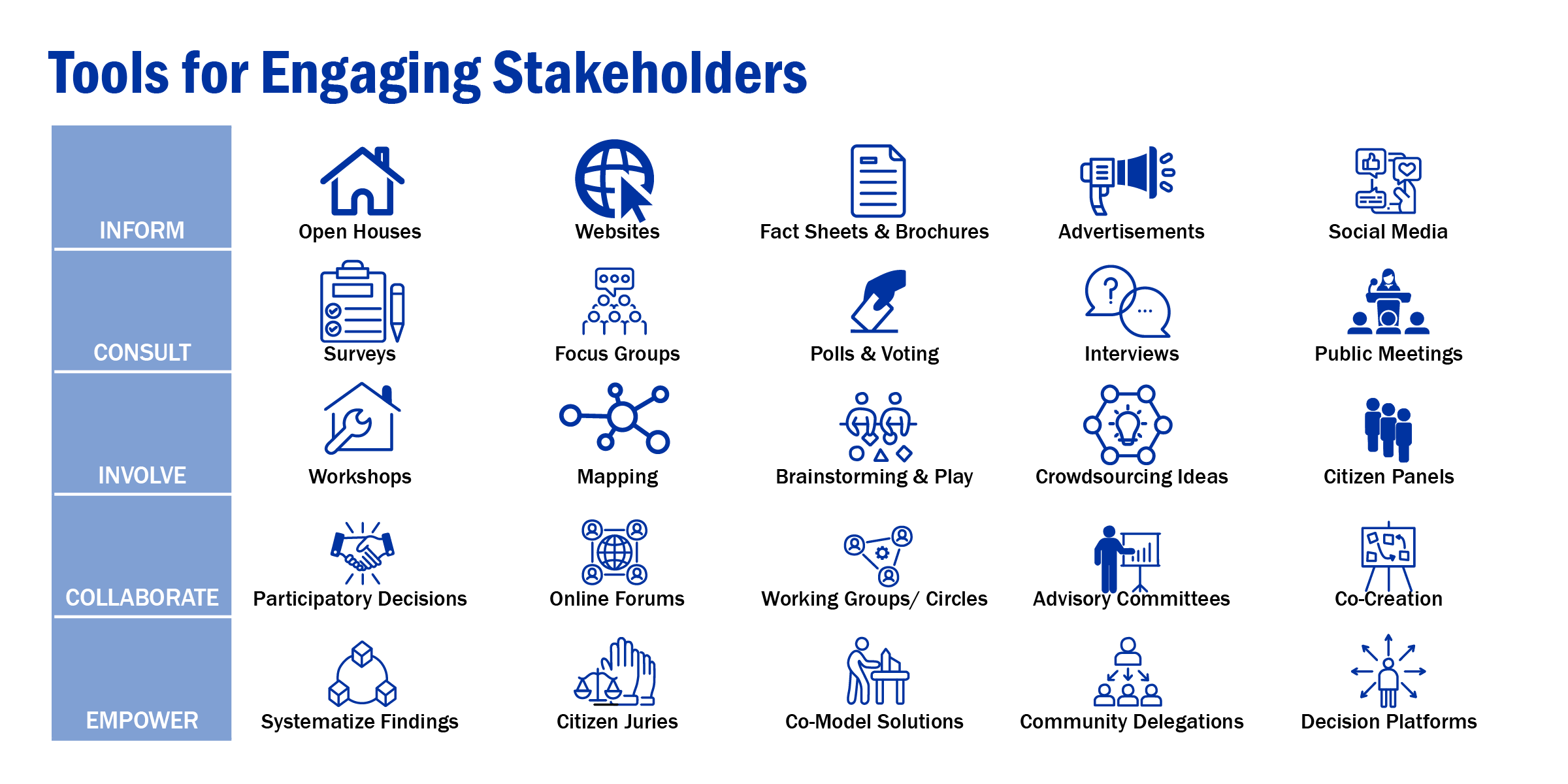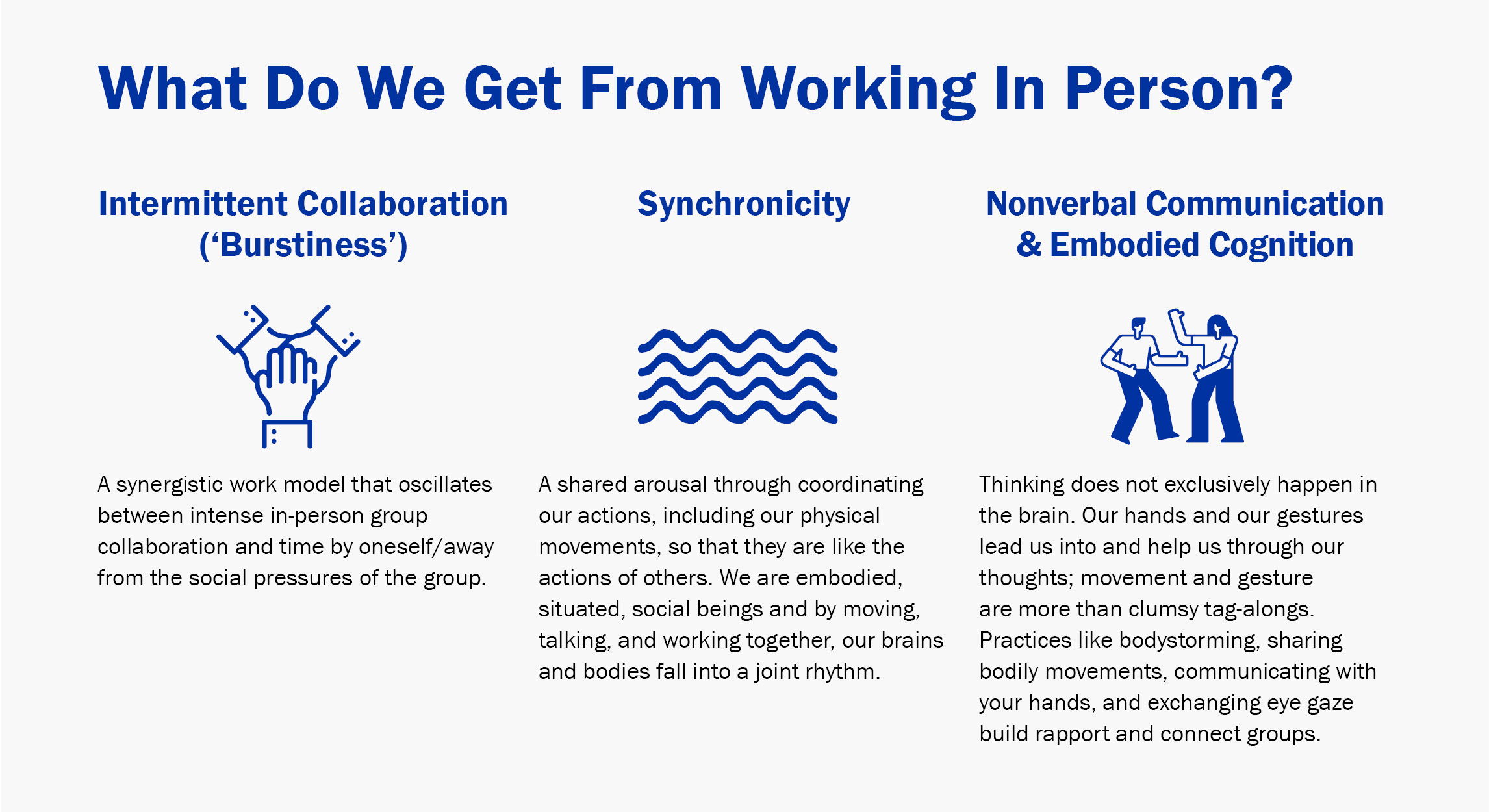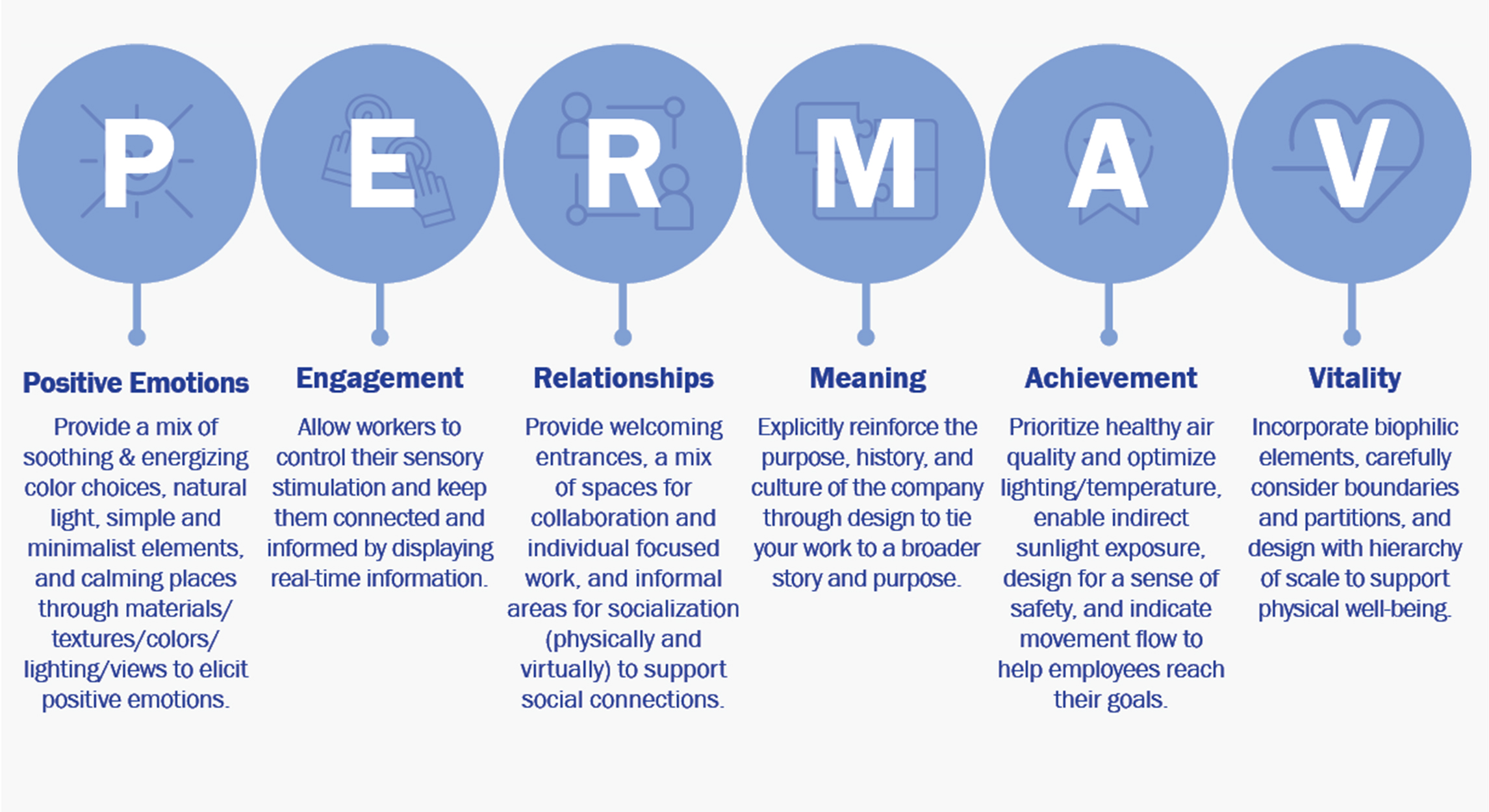How can we maximize the ROI of stakeholder engagement?
Our team is continually exploring the tools and strategies that can improve stakeholder relationships, uncover hidden opportunities, and facilitate creative problem-solving. Stakeholder engagement is sometimes viewed as time-consuming and difficult to execute, but a meta-analysis of hundreds of corporate responsibility studies finds firms that prioritize stakeholder engagement can increase their market valuation up to 80% compared to those with weak relationships. In addition to myriad project-related benefits, stakeholder engagement facilitates mutual respect and trust—the fuel that powers project success, community happiness, and higher profits.


